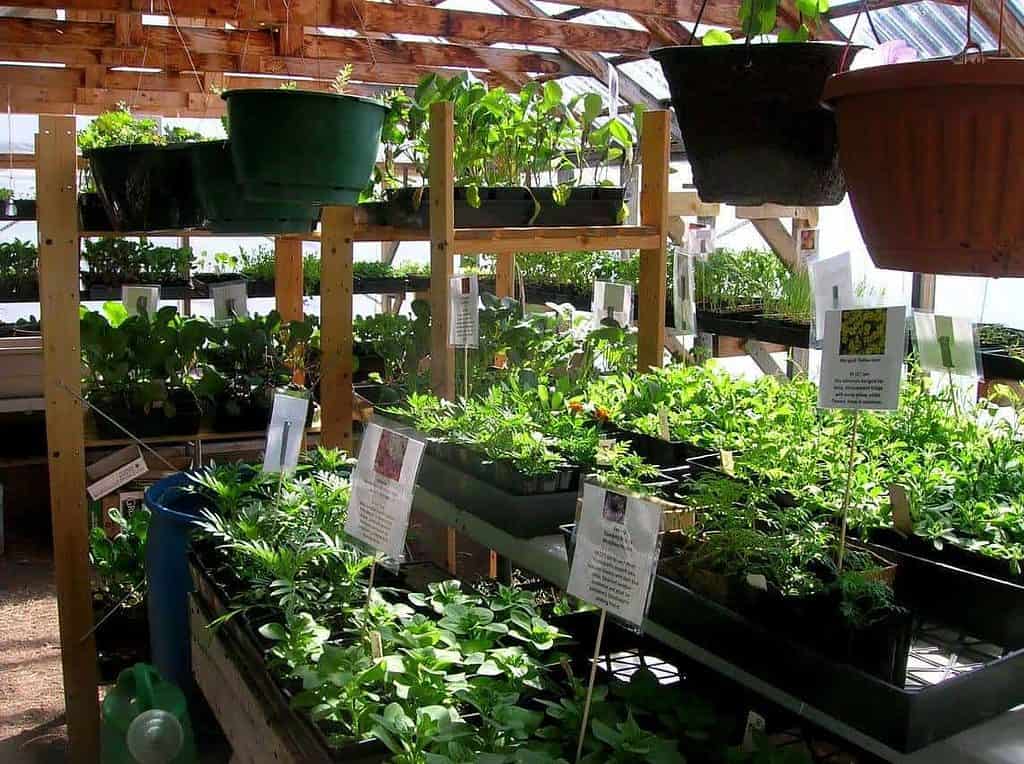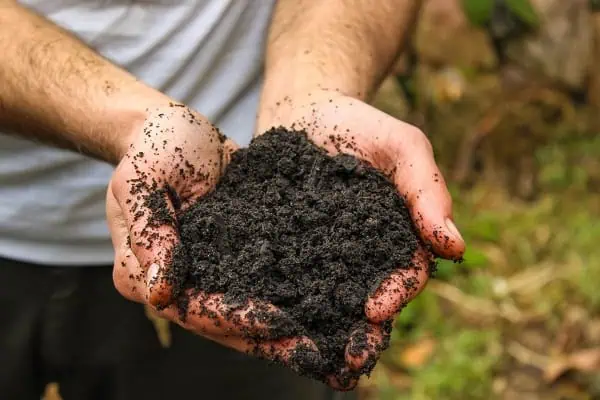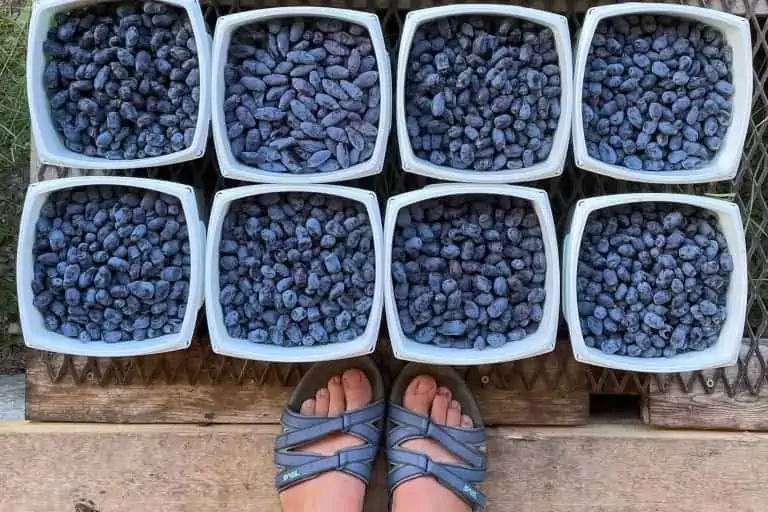The days are longer, the temperatures milder—it is time to go outside and prepare for planting and foraging. Here are some tips to get you started!
In the Yukon the soil is poor, with little nutrients, explained Michel Duteau, who runs YukonGrow. At cold temperatures, it takes more time for the soil to build (it needs our help!).
The first step is to analyze the dirt, to better understand what’s missing. The government offers a soil study, each year, to all Yukoners. Depending on what’s missing, you can enrich your garden with nutrients, manure, compost or biochar (charcoal).
If you don’t have a garden, there are other solutions. You can grow plants on your balcony or at home in containers or basket gardens. That works very well too.
While seedlings can be started in February or March, inside, planting should take place in late May or early June, depending on the weather.
To get the best results, you need the best seeds! In Whitehorse, a seed library has been created by the Department of Energy, Mines and Resources. You can grow them in your garden and save some seeds and return them to the library for next year. It helps to develop seeds suited to our northern climate.
To select the seeds, there is only one secret: grow what you enjoy eating! Gardening takes time, so it is best to make sure you like what will be available to harvest.
Another tip from Jolene Billwiller, who runs Spruce Cottage Farm, a nursery in Haines Junction, is to carefully select the garden location, ideally a sunny and high spot without too much wind. It is important to be aware of any microclimate on your plot.
To get started, Billwiller advises gardeners to get Rodale’s Ultimate Encyclopedia of Organic Gardening. Also, the Yukon Gardeners’ Manual is available at the Department of Energy, Mines and Resources, with lots of guidelines adapted to northern conditions.
Gardening with your community …
If you prefer to work in a group, there are urban gardens all around the Yukon. The Downtown Urban Gardeners Society (DUGS), in Whitehorse, started in 1998 and now has 80 beds for individuals to grow food organically.
Help is always available. Once a week, during the summer, the volunteers gather to maintain the common spaces at the Downtown Community Garden, but before getting started they take 10 to 15 minutes to share their knowledge and to learn about gardening practices, to be successful North of 60.
Another community garden in Whitehorse is the Lumel Studios garden, which is more informal. You can come and harvest a few veggies and flowers while giving back seeds or helping out. The team has also invested in a hydroponic space to grow more greens.
You can also find food gardens in Dawson Creek, Mount Lorne, Old Crow and Carmacks. Don’t hesitate to contact them; they might still have beds available for the growing season.
Foraging in the Yukon …
The Boreal forest is a gem to hike in, rest in and also to feed ourselves from—with more than 500 species of plants (some are not edible or are even poisonous), many of which are perfectly edible and delicious (though some are not edible or may even be poisonous).
While wild fruits, such as red and black currants, cloudberries, rosehips, Saskatoons, gooseberries, cranberries or wild raspberries are usually harvested late summer and fall, other plants can be picked in the spring. The dandelion is a good example, as it is easily recognizable with its vibrant-yellow colour. The flowers, stems and roots can be eaten fresh, in salads or desserts, or used to make jam. Some plants, such as wild nettle, mint, spruce tips, birch and Labrador are perfect for making saps, syrups, sauces or teas.
A few recipes …
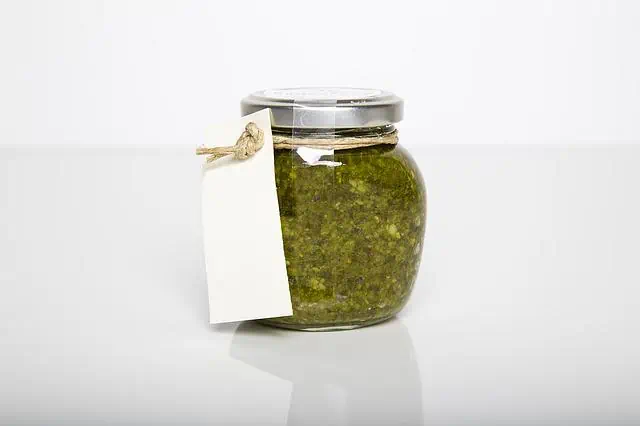
Wild Nettle and Dandelion Leaf Pesto
Ingredients
- 7 oz dandelion leaves, washed
- 7 oz nettles
- 1/2 to 1 cup olive oil
- 4 garlic cloves, peeled
- 1 1/2 tsp sea salt
Instructions
- Wash nettle and dandelion leaves (wear gloves)
- Either fry the nettles quickly (about 30 seconds) or add them to a pot of boiling water for 1 minute (to remove any irritating hairs). If you use the latter method, make sure you strain your nettle well
- Chop and mix dandelion leaves and nettles (using a mortar or blender) with olive oil
- Add the garlic cloves and salt. Keep crushing until everything is rather smooth
- Taste, and then season to your taste. If it’s too thick, you can thin it with more olive oil or with lemon juice
Notes
Optional: add pepper, aromatics, cheese and pine nuts to your sauce.
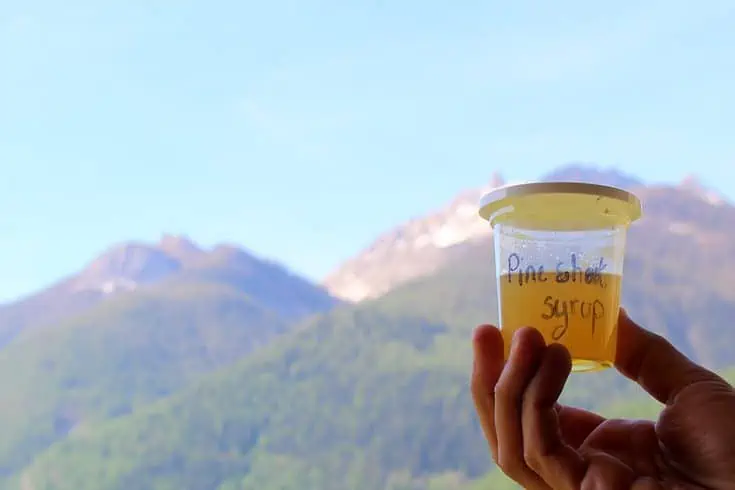
Pine Bud Syrup
Ingredients
- 1 cup of pine buds
- 5 cups water
- 3–4 cups sugar
- Clean jars
- A pot
Instructions
- Bring the water to a boil
- Add buds and cook for 15 minutes
- Remove from the heat, cover the pot and let infuse for 12 hours
- Filter the water and press the buds to extract the maximum flavour (discard the buds)
- Weigh the decoction, then add the same weight of sugar and let it cook at low temperature (about 15 minutes)
- Pour the syrup into clean jars or bottles, then seal and store in the fridge
Notes
This syrup is perfect with yogurt, fresh fruit or lemon sorbet.
It is important to forage ethically: just take what you need and only from the low branches of a tree; and not at just one spot, to make sure there is enough for everyone—insects, mammals and humans—this year and in years to come.

